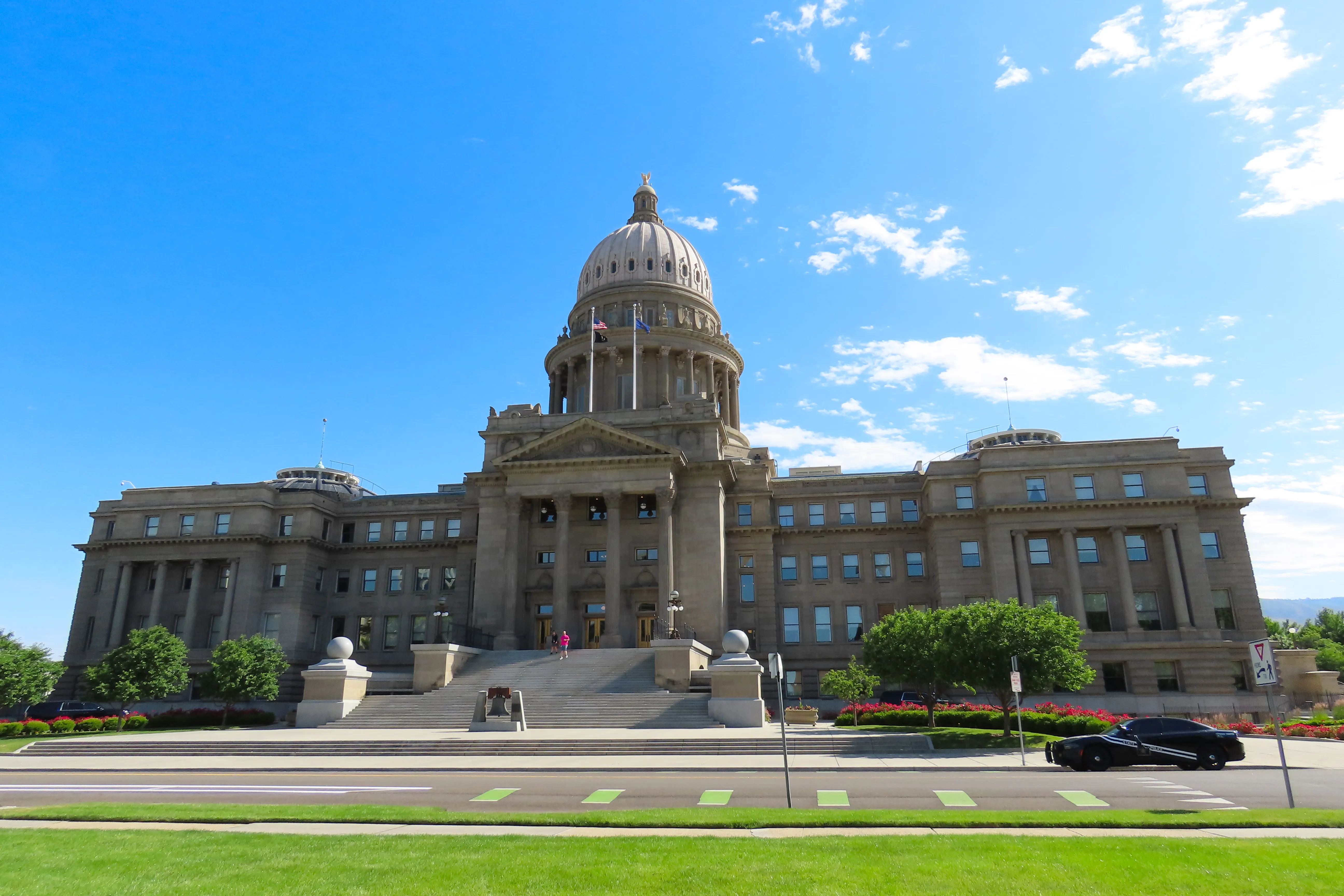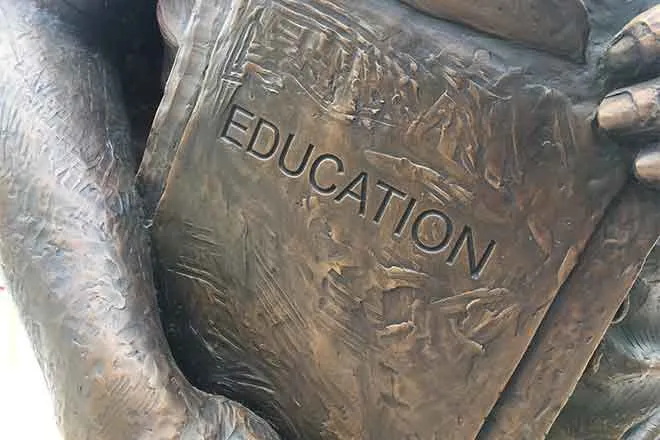
Millions in taxpayer-funded Covid relief for schools wasted or unaccounted for, reports say
(The Center Square) – Recent government reports show that COVID-19 relief spending for schools remains difficult to track, and what has been tracked includes millions of dollars wasted.
The Pandemic Response Accountability Committee said in a report that “tracking pandemic funds to the community level required the use of multiple federal, state, and local data systems, and ultimately we had to contact state and local entities directly to gain a better understanding and fill data gaps.”
Despite this, the PRAC was unable to find sufficient data to completely identify the allocation of $2.65 billion in funding provided by 10 different federal agencies to select communities in Georgia, Idaho, Massachusetts, Minnesota, Nebraska, and New Mexico.
“Federal, state, and local agencies warehouse data in a variety of different ways and in different formats,” PRAC said in the report. “In some cases, the PRAC Oversight Team’s visibility into tracking pandemic funds to the communities was hindered because of technology limitations.”
PRAC vowed to continue work on acquiring more datasets and striving for Covid relief funding transparency.
The 74, a nonprofit organization focused on America’s education system, found that only three of the 15 systems examined devoted web pages to relief funds, with only one providing frequent updates.
Moreover, a 10-month study by the group found that many districts have not used their funds quickly or at all.
“Some have barely tapped monies advocates say are critical for academic recovery, while others have pumped millions of dollars into major classroom additions, upgrading athletic fields and other expenditures unrelated to the pandemic,” The 74 said.
Reviews into specific districts saw cases of misused or questionable uses of funding, including a $3 million tutoring contract in Detroit with a vendor whose director resigned a year later and a $5 million internet service contract that fell through in an Ohio district.
Districts have also reportedly struggled with ending projects and implementing new ones when they show clear signs of failure.
“I talked to one district team who admitted that their new social workers hadn’t been successful in getting attendance back up, so they thought maybe they’d invest in even more social workers,” said Marguerite Roza, director of Georgetown University’s Edunomics Lab. “Rarely do we see a district question whether an investment is working and deliberate on ending it.”
















